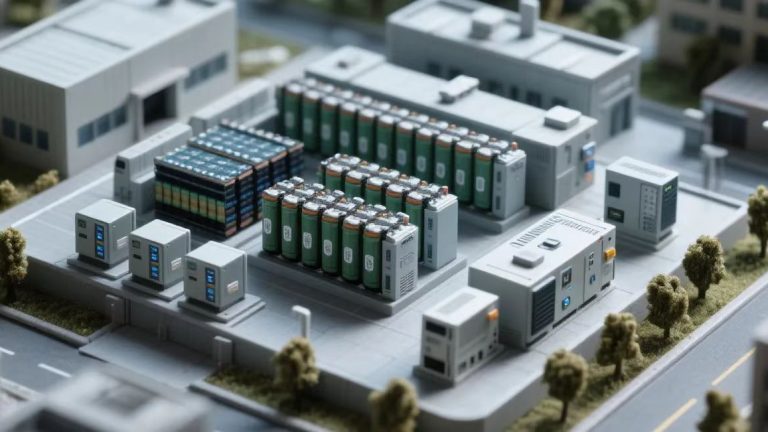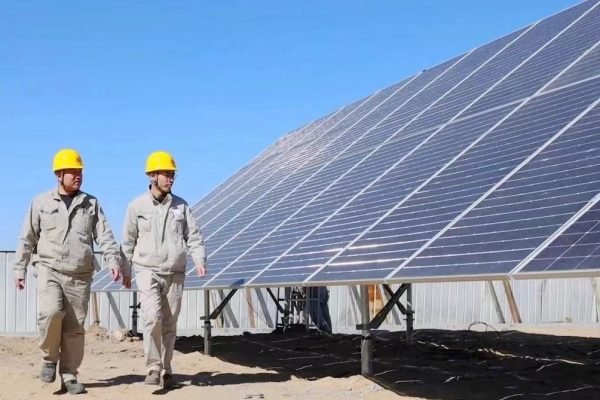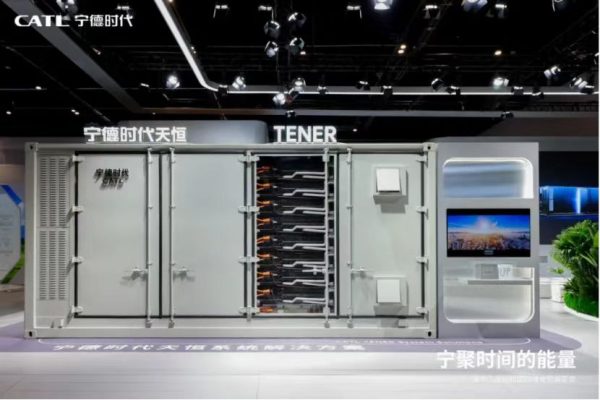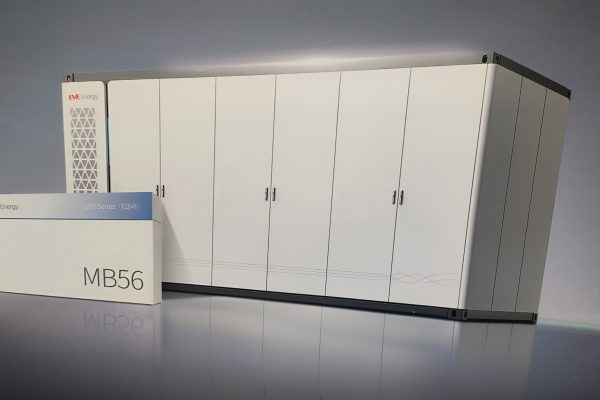Where Off-Grid and Hybrid Systems Are Driving Real Demand
As solar penetration grows globally, PV+ESS kits — which bundle solar panels, batteries, and hybrid inverters — are becoming essential tools for electrification in emerging markets. Among the fastest growing regions are the Middle East and Africa, where hybrid solar + storage systems solve long-standing challenges in energy access, cost, and resilience.
For suppliers, integrators, and technical traders, these regions offer real opportunities — if you understand the local needs and project models.
1. Why PV+ESS Kits Are in High Demand
In many areas of the Middle East and Africa, customers are not just looking for lower electricity bills. They’re trying to solve:
- Unreliable grid or total lack of grid access
- Expensive diesel fuel for gensets
- Growing pressure to adopt renewables (government & donor-led)
- The need for compact, easy-to-install systems
PV+ESS kits address all of these with:
✔ Quick deployment
✔ Predictable energy costs
✔ Lower long-term fuel dependency
✔ Modular expansion pathways
2. Common Kit Sizes and Use Cases
Most real demand comes from residential and small commercial users, often in rural, peri-urban, or industrial edge zones.
| Kit Size | Typical Use Case |
|---|---|
| 3kW / 5kWh | Rural homes, small shops, clinics |
| 5kW / 10kWh | Larger homes, telecom, farm irrigation |
| 10kW / 20kWh | Guesthouses, small schools, compound sites |
| 15–30kW / 30–60kWh | Mini-grids, commercial facilities, resorts |
📦 Most integrators want pre-matched kits: inverter + battery + accessories, ready for panel integration or with PV included.
3. Middle East Market Overview
🇯🇴 Jordan
- Strong rooftop PV push
- Hybrid systems widely accepted
- Large number of tech-savvy installers
🇸🇦 Saudi Arabia
- Grid is reliable but expensive in rural projects
- Ideal for farms, irrigation, remote monitoring
- Emerging small-scale BESS demand
🇴🇲 Oman / 🇦🇪 UAE
- High solar resource
- Interest in backup + solar use for villas, farms, resorts
- Regulatory improvements driving hybrid adoption
Key traits:
- Higher budget per install
- Preference for LFP chemistry
- Expectation of remote monitoring features
- Hot climate → must consider thermal design
4. Africa Market Overview
🇳🇬 Nigeria
- Huge diesel offset opportunity
- Frequent blackouts in urban areas
- Strong growth in 3kW–10kW hybrid systems
- Payment sensitivity: kits must be modular and scalable
🇰🇪 Kenya
- Off-grid solar pioneer
- Telecom, schools, agri-projects seeking PV+ESS
- Smaller projects with limited budgets
🇿🇦 South Africa
- Load-shedding drives strong ESS demand
- PV already common in residential sector
- 5–15kW + 10–30kWh kits ideal
🇬🇭 Ghana / 🇺🇬 Uganda / 🇿🇲 Zambia
- Donor-funded electrification programs
- NGOs and energy access companies ordering at scale
- Preference for DC-coupled or all-in-one solutions
5. Technical and Commercial Requirements
PV+ESS kits for these markets need to be:
| Feature | Reason |
|---|---|
| LFP batteries | Safer in hot climates, long cycle life |
| Hybrid inverter | Must support both grid and genset input |
| Pre-integrated cabinet | Reduces install time, local errors |
| Modular design | Enables phased expansion |
| Remote monitoring | Critical for off-site O&M support |
| High temperature rating | 45–55°C ambient common |
📌 Price point matters, but so does simplicity: fewer wiring steps, clear manuals, local voltage support (e.g., 230V single phase or 3P 400V).
6. Common Challenges & How to Address Them
⚠ High Shipping Costs
→ Offer container-optimized designs (e.g., compact cabinet kits)
⚠ Import Duty Variation
→ Support clients with customs documentation and technical spec sheets
⚠ After-Sales Support
→ Choose partners with remote diagnostics capability and available spares
⚠ Harsh Environmental Conditions
→ Dust-proof cabinets, tropicalized electronics, over-temp protection
7. Who’s Buying?
The typical buyers and users of PV+ESS kits in these markets include:
- Local installers & integrators
- Telecom companies & service providers
- Agricultural projects (irrigation, cold storage)
- Tourism operators (eco-lodges, guesthouses)
- Government/donor-funded electrification programs
They often seek flexible procurement — not just large-scale containers, but kits that can ship 2–10 units at a time, with reliable delivery and documentation support.
8. Tips for Sellers and Partners
If you supply or manufacture PV+ESS kits, you’ll build better traction by:
✔ Offering clear kit BOMs with inverter-battery compatibility validated
✔ Providing online or local training materials
✔ Including layout diagrams and wiring guides
✔ Supporting kit-level customization: battery capacity, cabinet size, PV array
✔ Highlighting fuel savings vs. diesel in your quotes
💡 Remember: many buyers are not energy engineers. Packaging matters more than specs.
Summary: Why PV+ESS Kits Thrive in MEA
| Region | What Works Best |
|---|---|
| Middle East | High-quality hybrid kits for villas, farms |
| Nigeria | 5–10kW kits replacing diesel |
| Kenya, Uganda | 3–5kW systems for schools, health clinics |
| South Africa | Load-shedding backup kits, up to 15kW |
| Rural Africa | Containerized or cabinet kits with solar-ready |
These markets value durability, expandability, and fast deployment. PV+ESS kits that meet these needs can open real business opportunities for integrators and suppliers alike.









